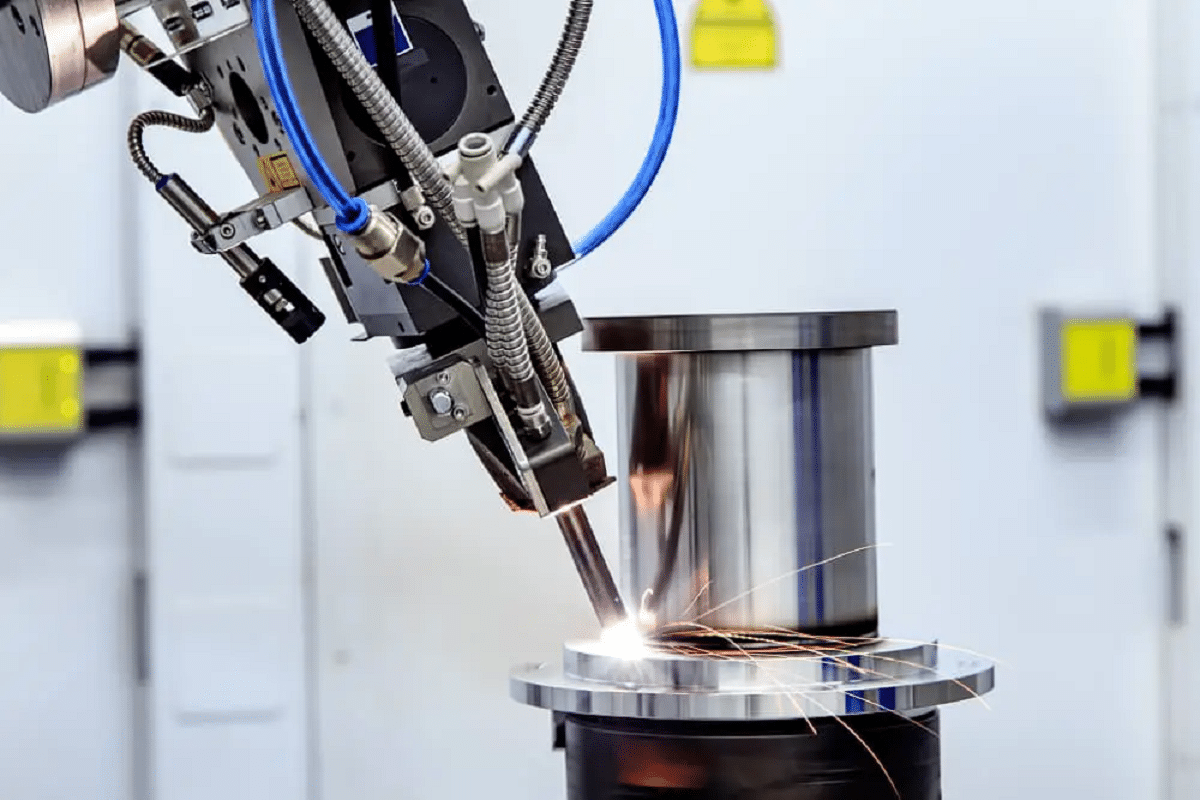Preventing Weld Undercut: Proven Methods Every Welder Must Know
Preventing Weld Undercut: Proven Methods Every Welder Must Know
Blog Article
Understanding the Art of Welding: How to Stay Clear Of Undercut Welding Issues for Flawless Manufacture Results
By understanding the origin creates of undercut welding and applying efficient strategies to avoid it, welders can boost their craft to new degrees of quality. In the pursuit of perfect manufacture results, understanding the art of welding to stay clear of undercut issues is not simply an ability however a requirement for those making every effort for excellence in their job.
Recognizing Undercut Welding

To protect against undercut welding, welders ought to make sure proper welding specifications, such as adjusting the present, voltage, travel speed, and keeping the appropriate electrode angle. Additionally, using the appropriate welding strategy for the certain joint configuration is essential. Utilizing weaving motions or backstepping strategies can help ensure proper weld metal deposition and lower the possibility of undercut development. Regular examination of welds throughout and after the welding process is also essential to catch any kind of undercut early and make required changes to prevent more issues. Preventing weld undercut. By understanding the reasons for undercut welding and carrying out safety nets, welders can attain top quality, structurally sound welds.
Reasons For Undercut in Welding
Understanding the variables that add to undercut in welding is vital for welders to create top quality, structurally audio welds. Poor welding wrong or present welding rate can also contribute to undercut. Understanding these causes and implementing appropriate welding methods can help protect against damaging problems, making sure strong and long lasting welds.
Methods to stop Undercutting

To reduce the risk of damaging in welding, welders can use tactical welding techniques focused on boosting the quality and stability of the weld joints. One effective approach is to adjust the welding parameters, such as voltage, current, and travel speed, to make sure appropriate warm input and deposition. Keeping an appropriate electrode angle and guaranteeing consistent traveling speed can additionally aid protect against undercut. Furthermore, using the right welding strategy for the particular joint arrangement, such as weave or stringer beads, can contribute to lowering undercutting. Preventing weld undercut.
Furthermore, appropriate joint preparation, including ensuring clean base products devoid of impurities and making use of the appropriate welding consumables, is essential in avoiding undercut defects. Using back-step welding methods and managing the weld bead profile can likewise aid distribute warm uniformly and decrease the threat of undercut. Routine evaluation of the weld joint throughout and after welding, in addition to implementing quality control steps, can assist in detecting and addressing undercutting concerns immediately. By implementing these methods carefully, welders can accomplish remarkable construction results with very little undercut issues.
Value of Appropriate Welding Specifications
Choosing and keeping ideal welding parameters is vital for attaining successful welds with my site marginal problems. Welding parameters refer to variables such as voltage, present, take a trip speed, electrode angle, and shielding gas flow price that directly impact the welding procedure. These specifications need to be very carefully changed based on the sort of product being welded, its thickness, and the welding strategy utilized.
Correct welding parameters make sure the correct amount of heat is used to thaw the base steels and filler product evenly. If the parameters are established too high, it can result in too much warm input, causing Go Here spatter, burn-through, or distortion. On the various other hand, if the parameters are also reduced, incomplete blend, absence of penetration, or undercutting may happen.
Quality Assurance in Welding Operations

Final Thought
To see this conclude, mastering the art of welding requires a detailed understanding of undercut welding, its causes, and methods to stop it. By making certain correct welding criteria and applying quality control methods, flawless construction outcomes can be attained. It is necessary for welders to consistently pursue quality in their welding operations to stay clear of undercut issues and produce top notch welds.
Undercut welding, a typical issue in welding processes, happens when the weld metal doesn't correctly load the groove and leaves a groove or depression along the bonded joint.To protect against undercut welding, welders ought to ensure appropriate welding parameters, such as changing the present, voltage, traveling speed, and maintaining the right electrode angle. Inadequate welding incorrect or existing welding rate can additionally contribute to damage.To reduce the threat of damaging in welding, welders can utilize strategic welding strategies aimed at improving the quality and honesty of the weld joints.In conclusion, understanding the art of welding requires an extensive understanding of undercut welding, its causes, and strategies to avoid it.
Report this page